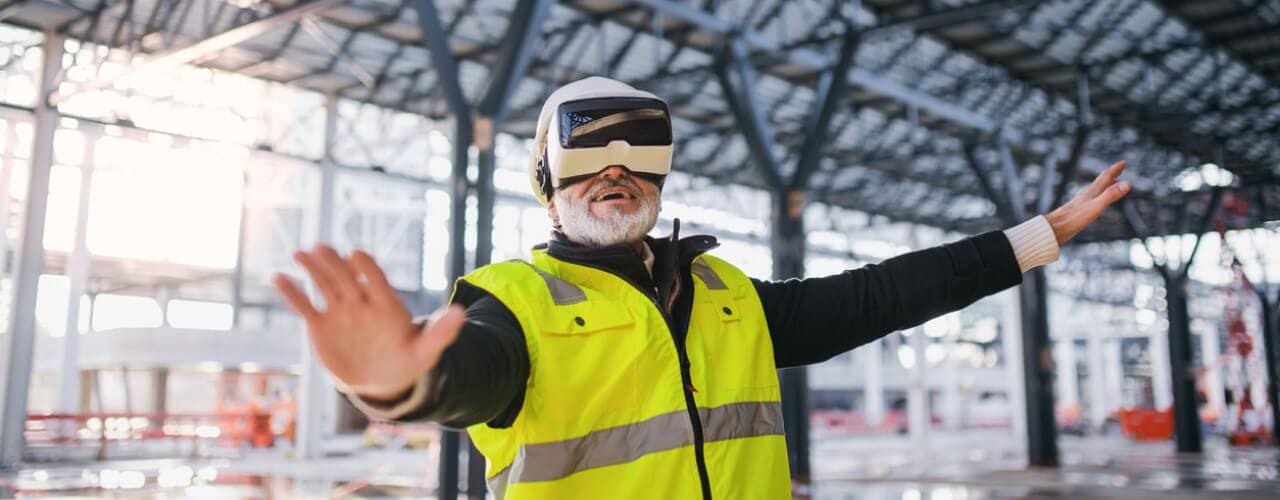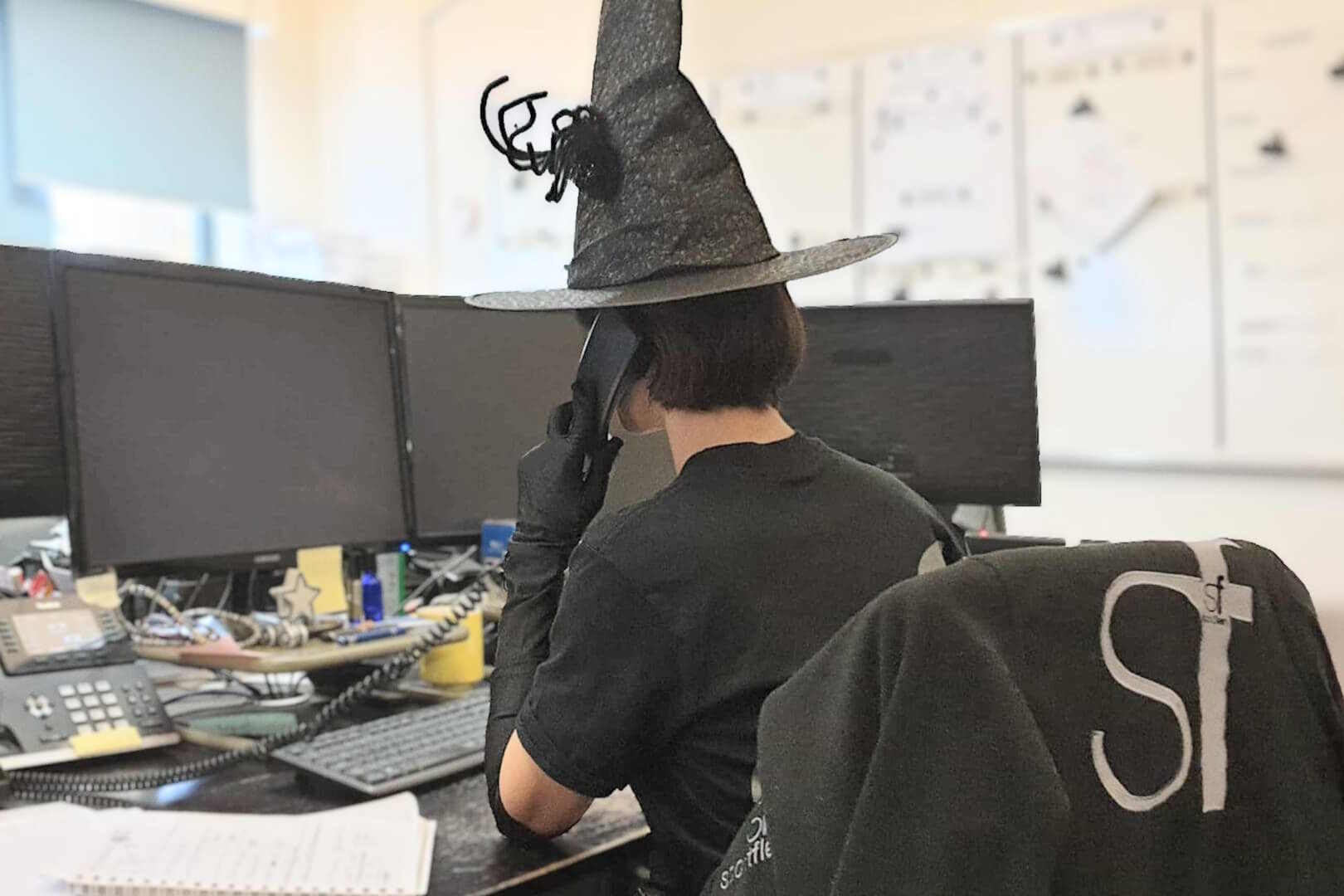What does it mean for the construction industry with the rise of immersive art?
What does it mean for the construction industry with the rise of immersive art?
Immersive art is on the rise globally. From offerings that bring classic painters to life to complex experiences that baffle and entwine the senses, we are increasingly seeing this format being used by artists and institutions, old and new. By its nature, immersive art is built around the visitor – and that has created a new pathway for the construction industry as part of the art world.
What is immersive art?
It’s a shift that essentially encourages an art viewer to go beyond simply passively observing a piece of art and to experience it instead. The definition is incredibly broad and can encompass a very wide range of different uses. It has increasingly bought others into the art world, from tech companies to construction businesses, to bring this brand new experience to life. A great example of this is teamLab Borderless in Tokyo, which is a huge exhibition space that has hosted immersive experiences such as “Black Waves: Continuous,” which features swells that rise and fall around the visitors. One of the most popular immersive experiences has been the Van Gogh Immersive Experience, which brings the works of one of the world’s most famous artists to life.
What does this mean for the construction industry?
In short, an opportunity to enter into a new – and exciting – field and create more chances for collaboration. Immersive experiences were once what only the most innovative artists and organisations did. However, today they are also a feature of many traditional institutional settings. See the Grand Palais in Paris, for example, which partnered with the Louvre to host an immersive exhibit that was based on the Mona Lisa. In the US, the Indianapolis Museum of Art has converted an entire floor to host immersive experiences. This involves 150 projectors, thematic food and drink, scents and music. The floor can host a wide catalogue of immersive art on rotation. For construction companies, there is clearly a wealth of opportunities to explore around supporting such a broad spectrum of immersive experiences, many of which will need built materials and construction to bring this to life.
Bringing audiences back in
A drop in numbers of museums and art galleries is one of the reasons why many are starting to look to more immersive art to help carve out a niche and attract more people. This type of experience is especially popular with Millennials, and the idea of achieving proximity to art has widespread appeal. True immersion is fairly difficult to achieve but this is also where many museums and art galleries are willing to make significant investments to bring spaces and designs to life. Something that they will inevitably need a partner with robust construction skills in order to be able to do.
The rise of immersive art signals a new era of getting closer to art and focusing more on experiences than passive viewing. For the construction industry this represents a whole swathe of opportunities where creativity and customers are concerned.
Still Have Questions?
Our friendly team is here to help you out.

